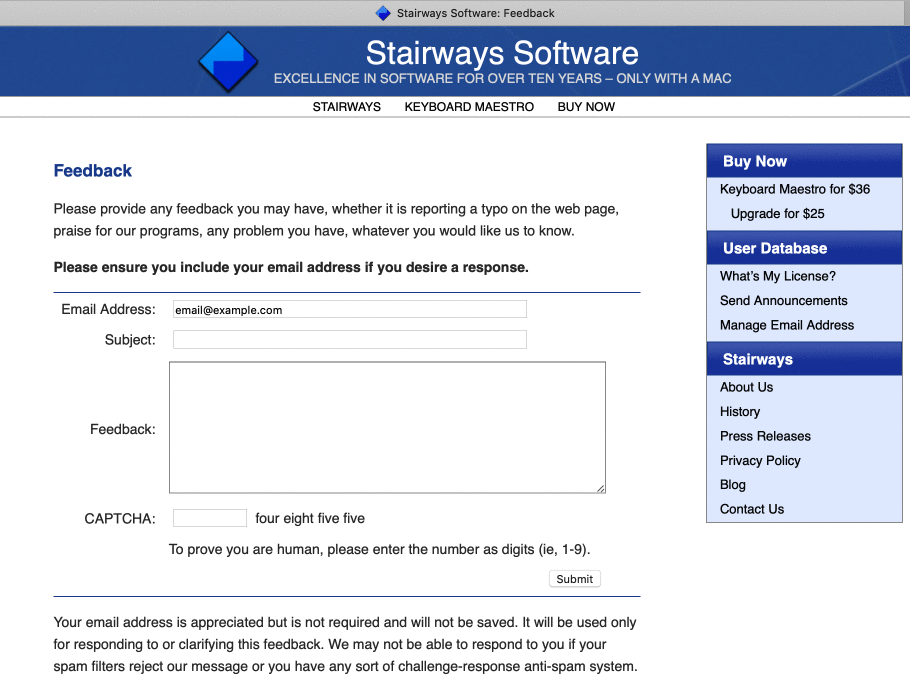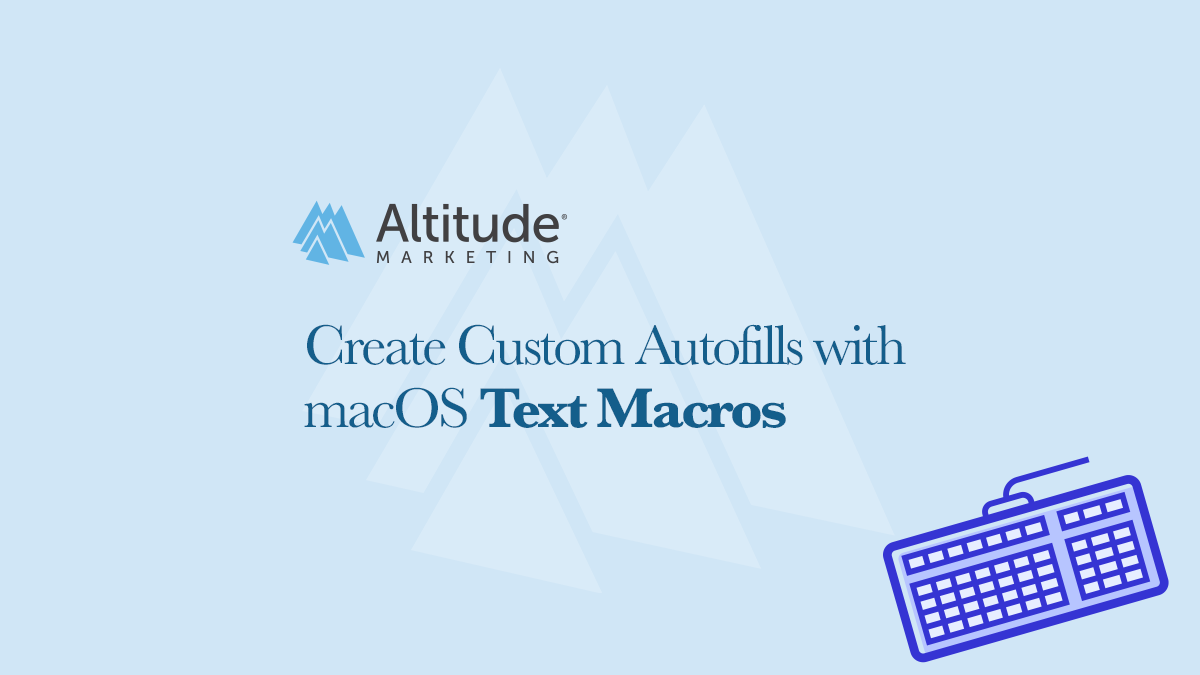

In VBA, a For Loop repeats an action (or set of actions) for a set number of times in a sequence. A loop could also be combined with other statements, such as For and If, that help to determine how often, and for how long, a script should run. Loops are flexible tools, giving you the option to repeat a certain action (such as changing cell values) a set number of times. They help to refract your code, reducing the number of specifically-coded actions that are written to help improve the speed and efficiency of your applications. What are VBA For Loops in Microsoft Excel and what are they used for?Īs we’ve mentioned already, loops are a programming concept that allows a program to repeat itself. How do VBA For Loops work in Excel? Let’s get familiar with the basics.
TEXT MACRO FOR MAC HOW TO
How to add a VBA For Loop in Excel using the Visual Basic Editor.Things to consider before using a VBA For Loop in Excel.What are VBA For Loops in Microsoft Excel and what are they used for?.If you’re new to VBA programming and you’re looking to create a basic (or even advanced) macro using a VBA For Loop, this guide should help you. Using a VBA For Loop is essential for creating macros that will run continuously as you work through your spreadsheet. This could be once a certain calculation is inserted or value reached, or when you perform a certain action in your spreadsheet itself (such as, for instance, pressing a custom-inserted button). For Excel data analysts, a VBA For Loop can allow you to loop through cells or perform a set number of actions once the criteria to do so are met. Loops like this aren’t unique to VBA-indeed, they’re a common feature in most programming languages, allowing a program or script to run continuously in a sequence with a start and end point. For instance, if you want a macro that repeats an action by a certain number of times, you can use a VBA For Loop. VBA is a useful programming language for new data analysts to learn as it supercharges the functionality of Excel, making it easier to perform certain tasks automatically (and repeatedly) with custom-made macro scripts. Macros are automated scripts, typically written using Visual Basic for Applications (VBA), to help you perform certain actions in Excel, such as automate a button press or perform a calculation. Have questions or feedback about Office VBA or this documentation? Please see Office VBA support and feedback for guidance about the ways you can receive support and provide feedback.If you’re looking to automate your Excel spreadsheets, macros are a good way to do so.

TEXT MACRO FOR MAC MAC

TEXT MACRO FOR MAC FOR MAC
Office 2016 for Mac doesn't support third-party COM add-ins. Support for COM add-ins that use custom ribbon controls

For commands that are compatible with Office 2016 for Mac, see idMSOs compatible with Office 2016 for Mac. Most familiar Office Fluent Control Identifiers are compatible with Office for Mac. Ribbon customization featureĪbility to customize the ribbon using Ribbon XMLĪbility to invoke Macros using custom ribbon controlsĪbility to include and invoke Office Fluent Controls within a custom ribbon tab Note that there are some differences in ribbon support in Office 2016 for Mac and Office for Windows. Office 2016 for Mac supports ribbon customization using Ribbon XML. IFDEF between different Mac Office versions at compile time. Request a user's permission to access multiple files at once.Ĭall external AppleScript scripts from VB. The following VBA commands are new and unique to Office 2016 for Mac. Creating an installer or putting user contentįor instructions on creating an installer for your add-in, please refer to the article here: Installing User Content in Office 2016 for Mac New VBA commands for Office 2016 for Mac You can minimize the effects of sandboxing by using the new commands described in the following section. This affects any add-ins or macros that involve file access or communication across processes. Sandboxing restricts the apps from accessing resources outside the app container. Unlike other versions of Office apps that support VBA, Office 2016 for Mac apps are sandboxed. Outlook for Mac and OneNote for Mac do not support VBA.


 0 kommentar(er)
0 kommentar(er)
